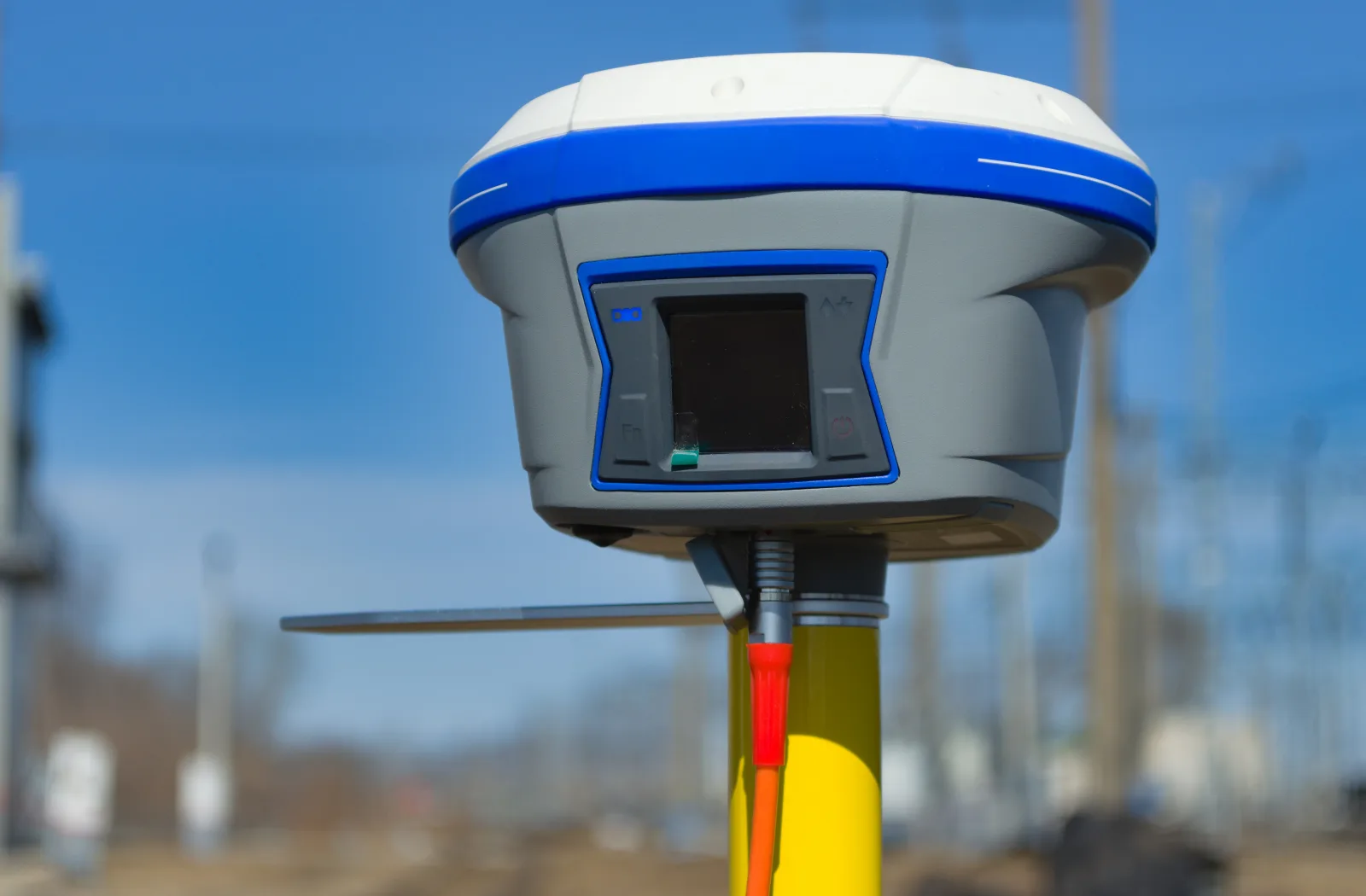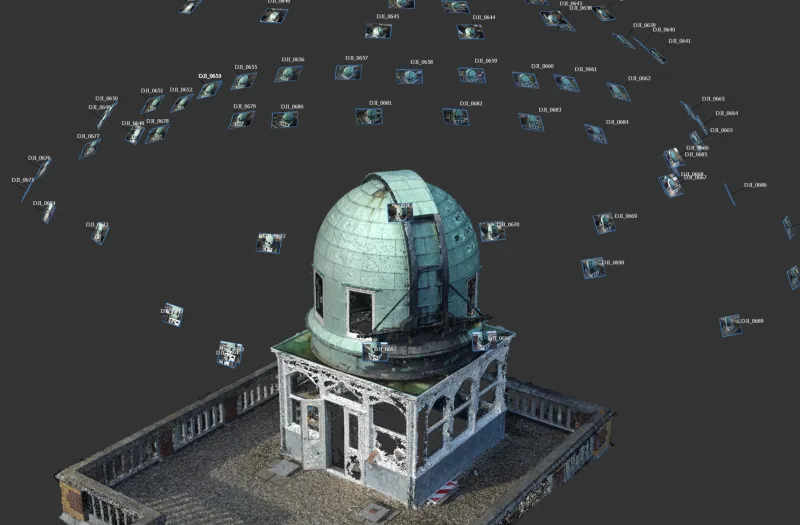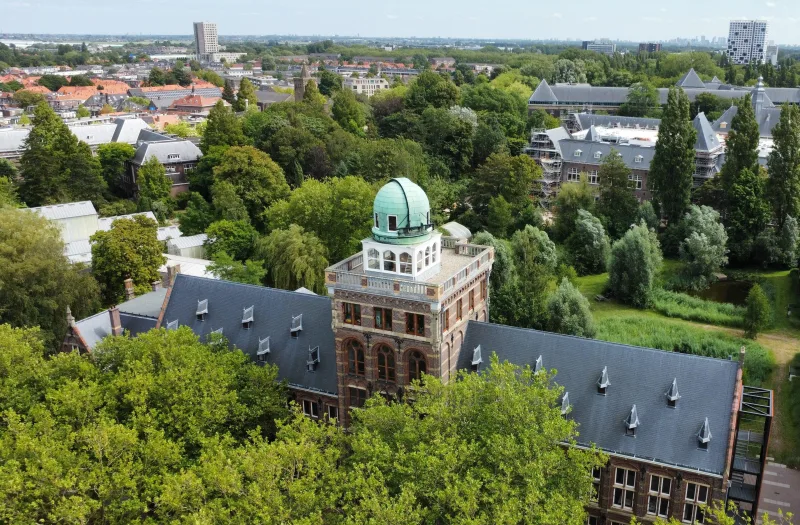The Delft Method for Adjustment and Testing, also known as the Delft School, is a methodology within geodesy developed at the Delft University of Technology between 1930 and 1980. Under the leadership of Jacob Menno Tienstra and Willem Baarda, methods were formulated that radically improved the quality of geodetic measurements.
The Delft Method is a methodology that focuses on precision and reliability. It has an essential role in modern applications, such as GNSS receivers, InSAR measurements and deformation analyses.
What is the Delft Method?
The Delft Method provides a theoretical and practical framework for processing measurement data, aiming to maximize the quality and reliability of measurement results. This is achieved using the Method of Least Squares, where redundant observations are utilized to minimize measurement errors. The core of this methodology lies in identifying and correcting errors in measurement data while simultaneously optimizing the quality of the measurement network.
The Five Standard Problems
A significant contribution of the Delft School is the formulation of five standard problems, each describing a specific aspect of geodetic data processing. The first two are the most well-known:
- Standard Problem I: Solving condition equations. This pertains to situations where measured values must satisfy predefined conditions, such as the sum of angles in a triangle equaling 180 degrees. This method is also known as the B-Model.
- Standard Problem II: Estimating unknowns based on observation equations. This includes, for example, determining coordinates from measured angles and distances. This method is known as the A-Model.
The other standard problems address special situations arising from the first two, such as combining observation and condition equations, and dealing with correlations and other dependencies between observations.
Two-Phase Adjustment
Another important concept within the Delft School is the two-phase adjustment:
- First Phase: Adjusting initial observations within a local network, using redundant observations to ensure internal consistency.
- Second Phase: Connecting the local network to a larger reference network, using the results from the first phase as input.
This approach allows for processing measurement networks in two steps and assessing quality at each stage. It enables separating measurement errors from one's own observations from those arising from connecting to existing coordinates.
Testing of Observations
An essential component of the Delft School is testing observations to detect model errors. This approach was formulated in the so-called B-method for testing. Two important techniques are the F-test and the w-test:
- F-test: Used to assess whether the dispersion of measurement results falls within an acceptable level by comparing the variance of the measurement data with a reference value. Significant deviation may indicate a systematic error or an issue in the measurement setup.
- w-test: Introduced by Willem Baarda, this method tests individual observations for deviations by calculating a weighted residual (the w-value) for each observation, which should not exceed a predetermined reference value.
Relevance of the Delft School
The Delft Method forms the foundation of modern technologies in geodesy. GNSS receivers utilize the principles of precision and reliability to calculate positions. In processing InSAR measurements, this method is trusted to test and adjust data. Deformation analysis, crucial in infrastructural projects, would be much less reliable without the Delft methodology. Moreover, distinguishing between precision and reliability remains vital, especially as measurement data becomes increasingly complex and voluminous.



